Overview
Electronics Lab Setup for Research and Development and Academics
An electronics lab is thus a very specific working area that is set up for the purpose of creating, experimenting and solving issues with electric circuits and equipment. People who come to this site are students, engineers, as well as enthusiasts and hobbyists who want to learn and experiment in the sphere of electronics.
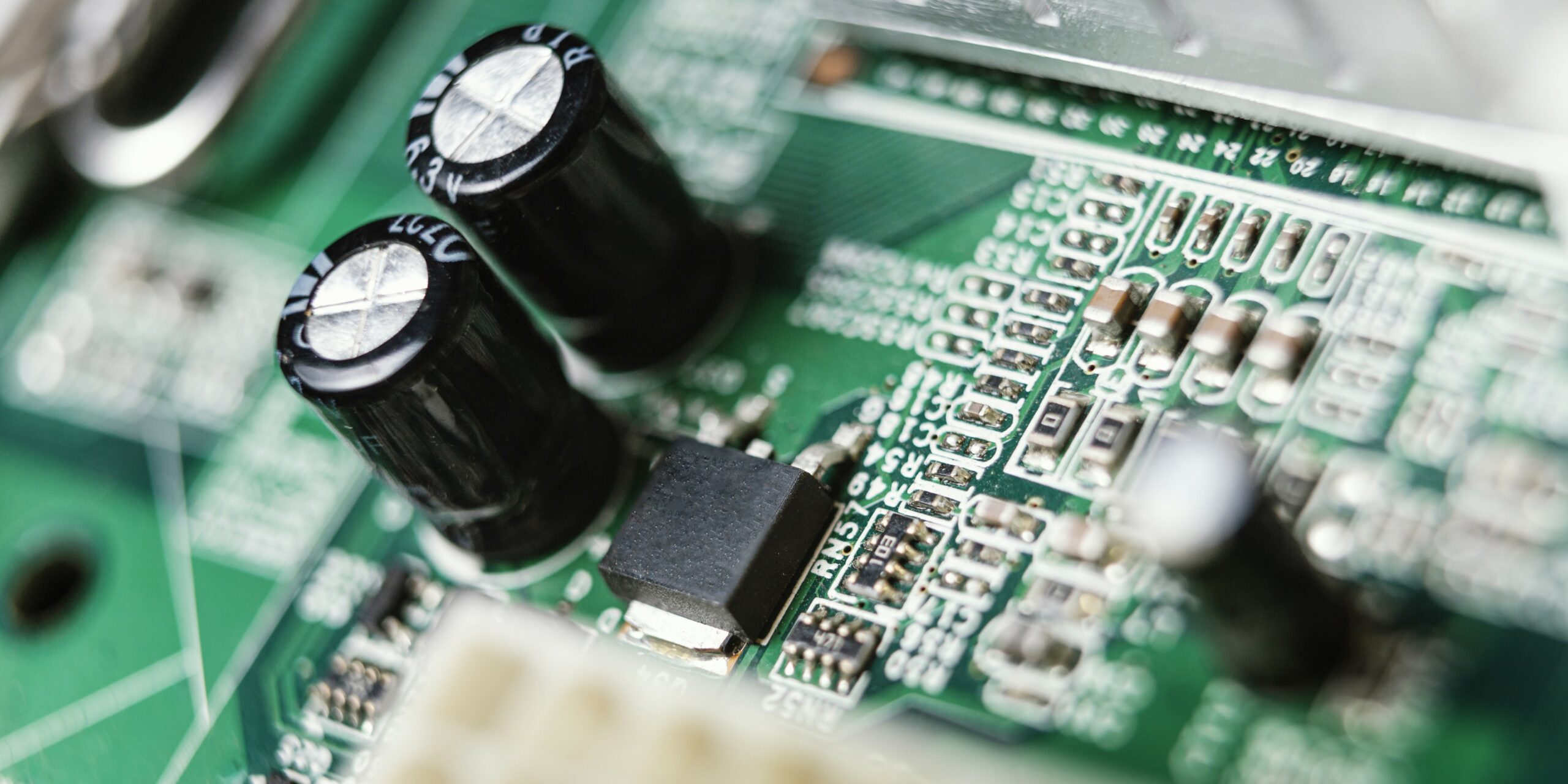
Features
Why Choose Our Electronics Lab Setup?
- Test Equipment: Electronics lab requires some basic equipment like oscilloscopes, multimeters and other measurement tools, signal and power sources. These instruments enable the users to measure such attributes as voltage, current or frequency among others.
- Workbenches: Special working tables are enough to involve circuit construction, soldering, joining and coupling of various gadgets.
- Component Inventory: Labs keep stocks of some of the parts such as resistors, capacitors, transistors, and Integrated circuits. These components of the package are available for use by the users in their projects.
- Safety Measures: Measures of protection involve grounding, ventilation, as well as use of fire resistant materials are measures that are upheld in Labs.
- Prototyping Boards: Systems using breadboards or prototyping boards adopted in circuit prototyping prevents soldering since it is fast.
- Computers and Simulation Software: Most of the circuits can be modelled precisely with the help of a certain software, such as SPICE or MATLAB.
- Reference Materials: Bookshelves contain textbooks of electronics and datasheets and reference guides pertaining to some electronic theories and uses.
Use Cases
Key Use Cases of Electronics Lab
- Education: Facilities for electronics are inevitable in the curricula of engineering and science. It is after having gone through the theory that the students are exposed to practical exposures to ensure the theory they have been taught was well understood.
- Research and Development: Electronics engineers and researchers apply laboratories to design new electronic circuits and to test them.
- Hobby Projects: Electronics hobbyists create gadgets, robots and interactive displays in electronics laboratories.
- Repair and Troubleshooting: Labs help to identify the problems or malfunctions associated with electric circuits and mending of the non-functional equipment.
- Innovation: Working in labs, people are free to think creatively, which is important for an inventor to come up with a solution.


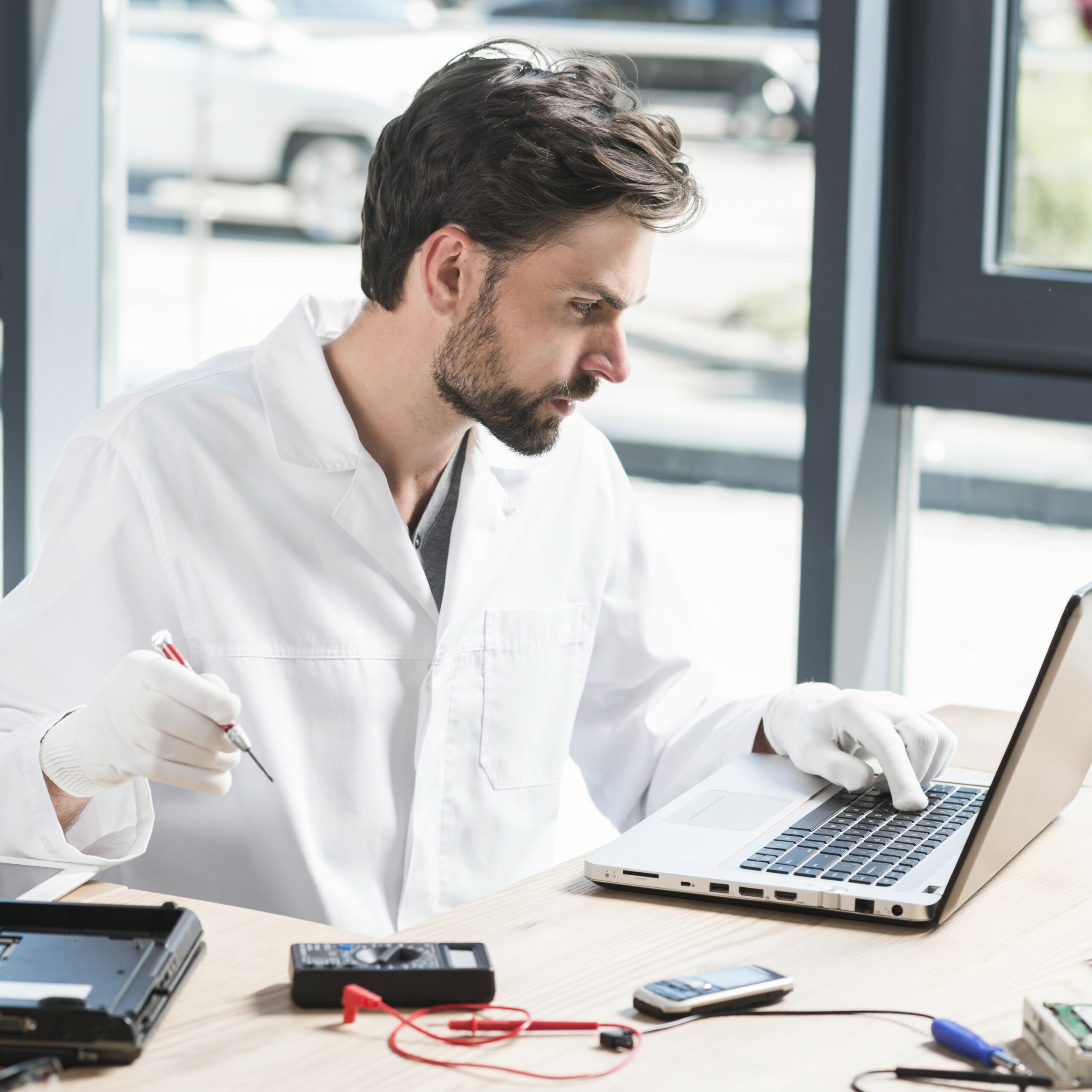
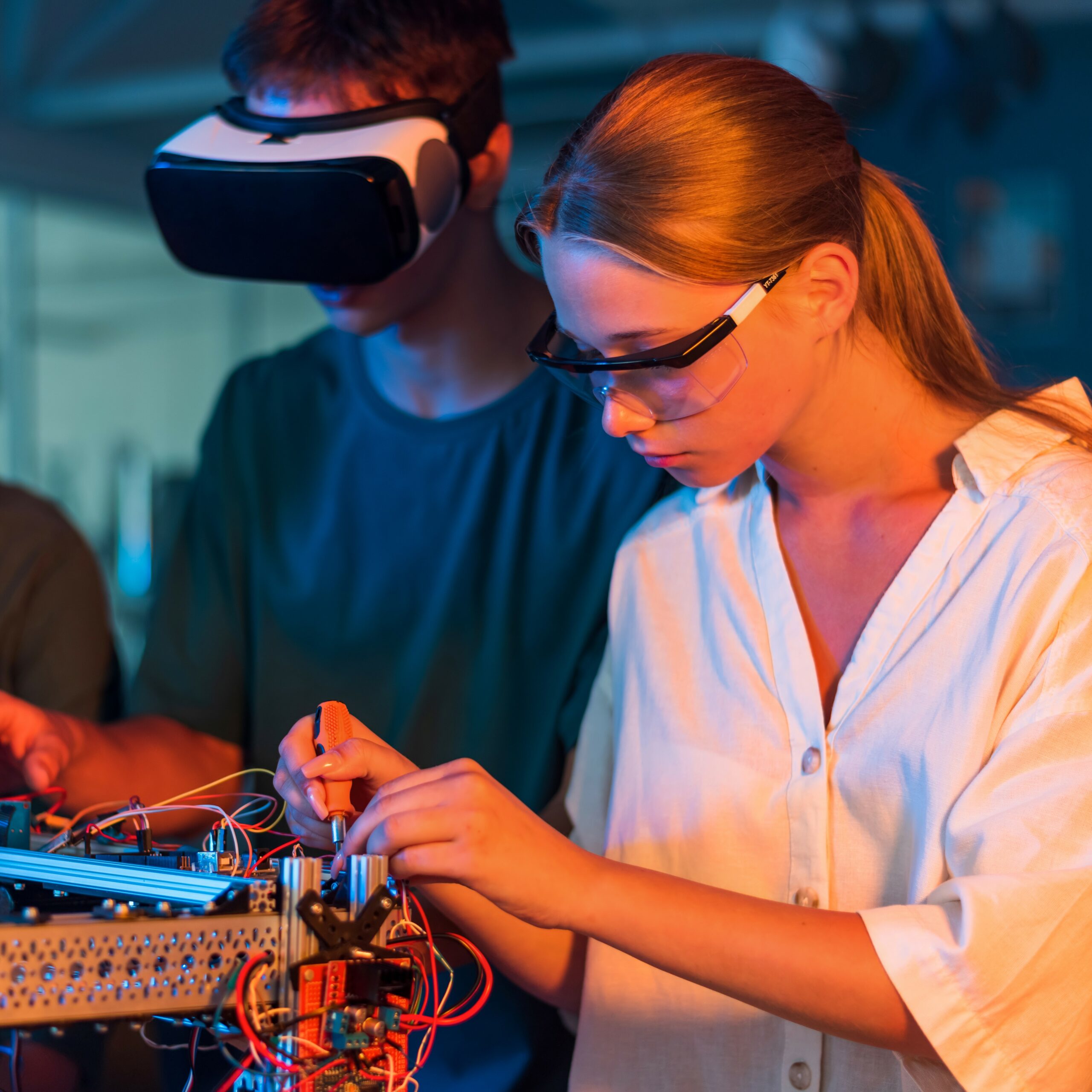
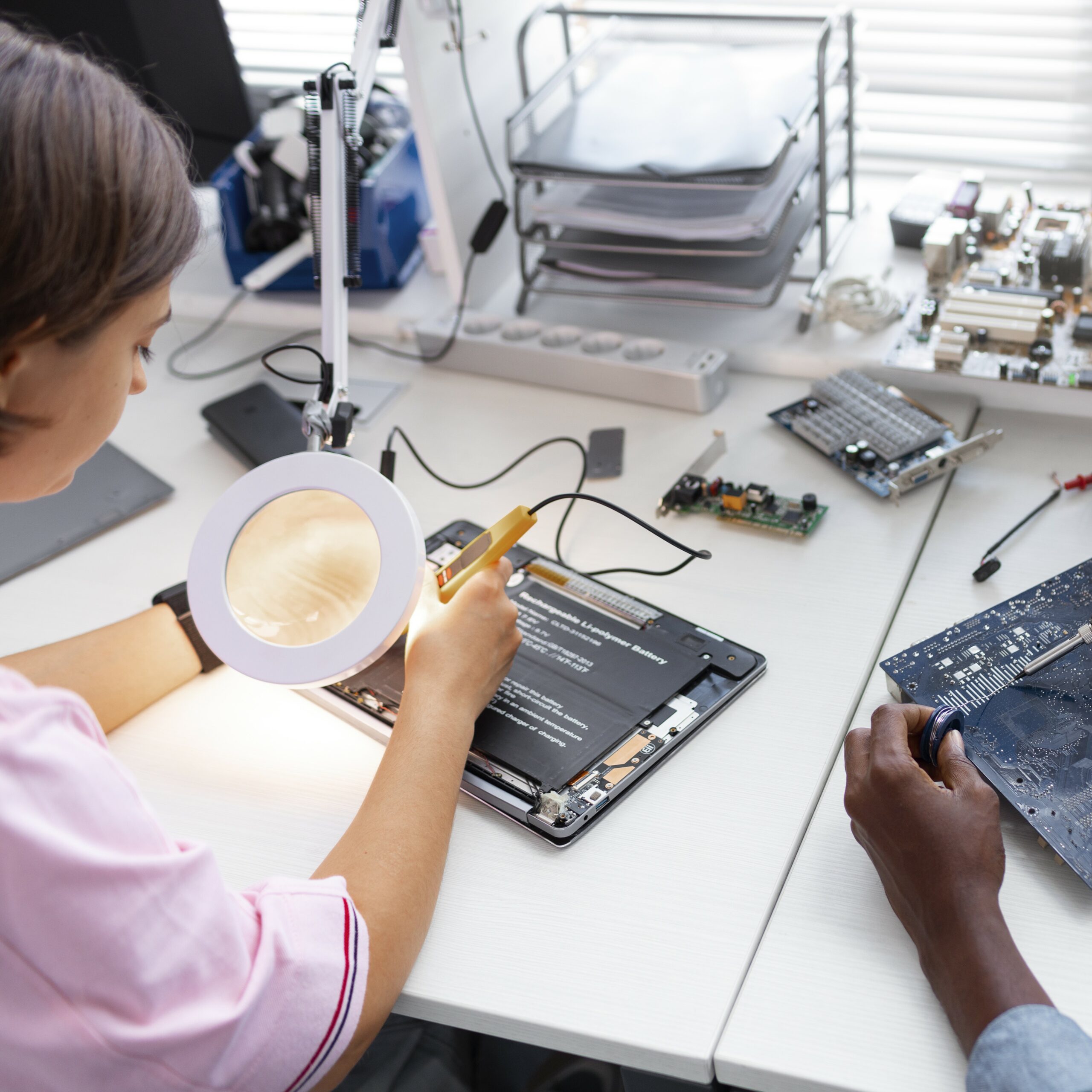


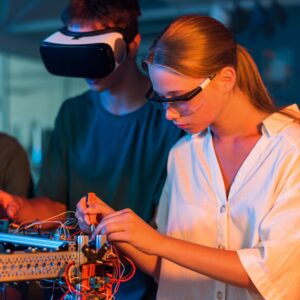
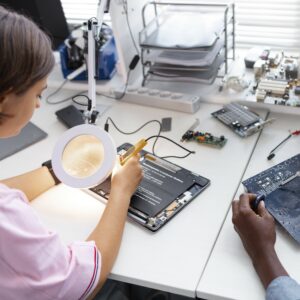


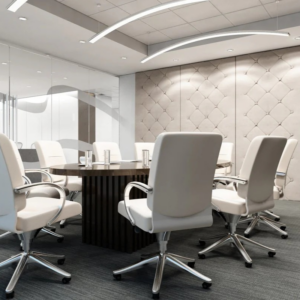

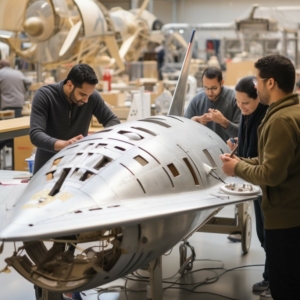
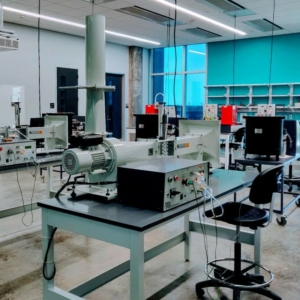

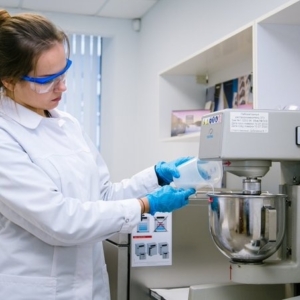

Reviews
There are no reviews yet.